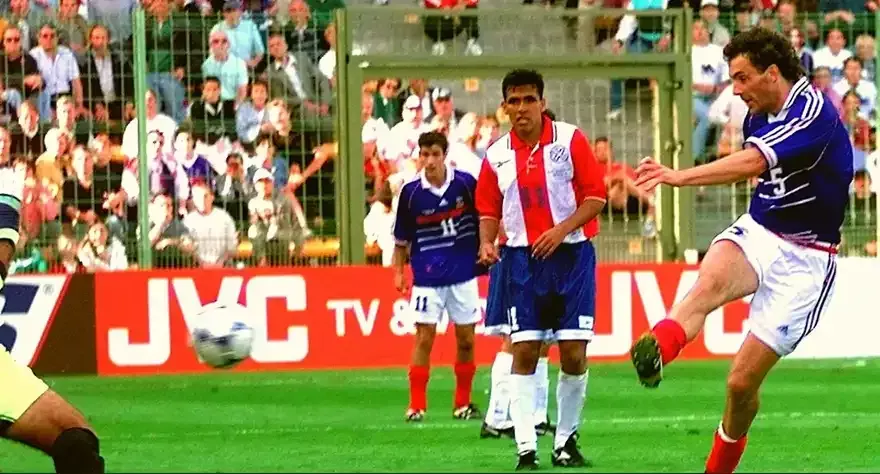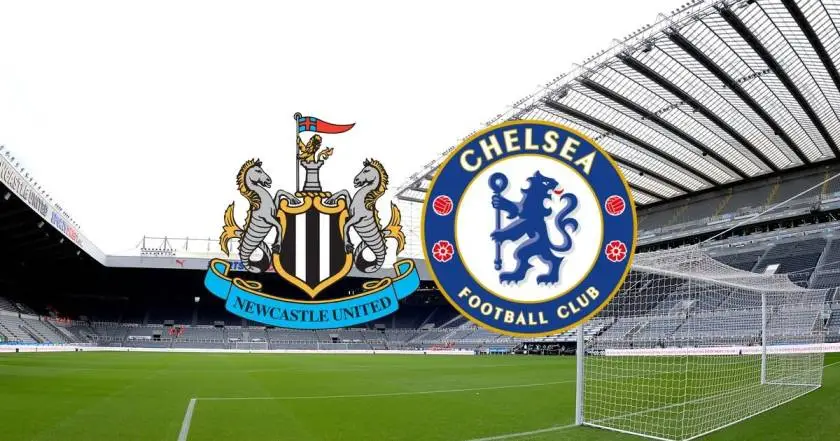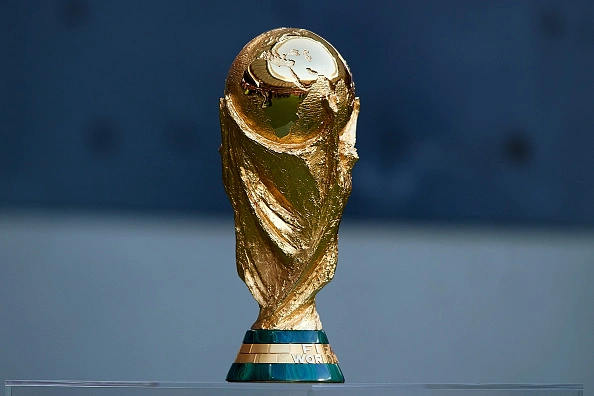
THE VERSATILITY OF LIONEL SCALONI IN LEADING ARGENTINA TO THE WORLD CUP FINAL
The opening match of the World Cup was a heartbreaking one for Argentina and the world. They went 36 games unbeaten before being beaten by Saudi Arabia. There was a great deal of pressure on Lionel Scaloni and Lionel Messi as Argentinians desperately searched for answers. In terms of strategy, it was a defeat that led to changes, which ultimately led to success. In a 4-4-2 system, Scaloni was criticized for choosing Nicolas Otamendi ahead of Lisandro Martinez. With Angel Di Maria and Papu Gomez on the wings, the in-form striker partnered Lionel Messi.
Taking a high line, the Saudi Arabians used this system and lost momentum after three disallowed goals for offside. At halftime, Argentina was 1-0 up, and then the second-half collapse occurred. Scaloni panicked after his team lost a game his team should have won based on the statistics after suffering a shock defeat. His starting eleven was changed over half the week before the Mexico game, which was turning into a must-win. Three players from the back four and two from the midfield were omitted. The overreaction almost had a catastrophic outcome for Argentina. Julian Alvarez replaced Lautaro Martinez after an hour of awful football after Messi's magic, and Scaloni discovered something special after a superb play by Alvarez. Despite being dependent on their talisman so often, that long-range goal kept them alive in the tournament, giving the manager time to plan.
To see the game out, the team switched to five at the back, which allowed Otamendi to partner with Cristian Romero and Lisandro Martinez rather than either on their own. As well as winning the group, they also started Alvarez for the first time, unlocking the potential of this Argentina side. In this tournament, Martinez lost all his confidence. With Alvarez in the team, Messi has flourished alongside him. For a striker that stands only 5ft 7in, he is physically dominant and energetic. It's been crucial to have that energy around Messi. With Angel Di Maria injured, Alexis MacAllister and Enzo Fernandez have found their way into the starting XI, while Messi's attacking output has increased, but they are more difficult to stop. As Di Maria was out, Papu Gomez again started on the left, but Scaloni decided to play a front two behind Messi/Alvarez, and not a midfield four. Against the Netherlands, Scaloni showed his true flexibility with another piece of brilliance.
The 3-5-2 worked perfectly for the first time in the tournament against Louis van Gaal. A trio of Mac Allister, Rodrigo De Paul, and Enzo Fernandez complemented Alvarez and the wing-backs Marcos Acuna and Nahuel Molina. After failing to deal with the Dutch physicality late on, they threw away a two-goal lead, but they won the tie they should have won in normal time. Leandro Paredes' introduction and the return to narrow 4-4-2 was the right decision against Croatia, who possess that dangerous midfield trio that can control any match. Instead, Argentina was able to establish itself in the match and use its special front two to break Zlatko Dali's stubborn defense. Regardless of the system, Scaloni has trained his team to consist of ten players plus Messi. His teammates know they must let him get the win and do his running.
Considering Argentina's upcoming match against France on Sunday, this flexibility also makes it difficult to predict what will happen. Antoine Griezmann can be halted by packing the midfield, which is more likely to be Scaloni's plan in order to contain that great attacking threat. As a team, they are in no position to compete with France. However, they possess ten players who are willing to run their tails off, as well as Lionel Messi. Despite a period of panic, Scaloni deserves credit for having landed on one or two systems that allow him to play at his best this tournament.
By Rashmi Goel







